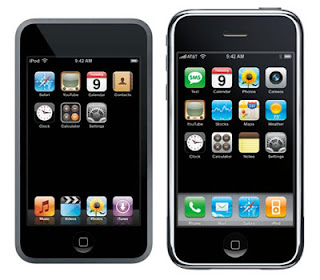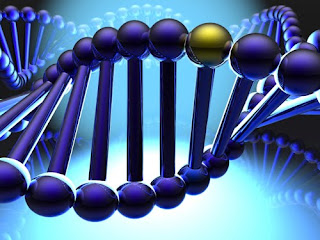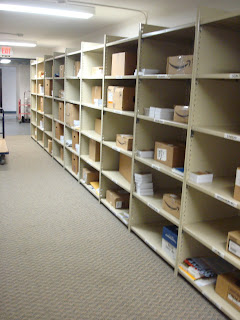
WEDNESDAY, June 16 (HealthDay News) -- A new study finds that rare gene variations are more common in people with disorders in which the immune system attacks the body. These autoimmune disorders include rheumatoid arthritis and type 1 diabetes.
Researchers report that the findings could lead to better treatments -- although that's not guaranteed -- and pave the way for scientists to link uncommon genetic variations to other diseases.
The research is focused on mutations in the gene coding an enzyme in charge of a crucial cell in the immune system. The enzyme, called sialic acid acetylesterase, controls the immune system's B cells -- white cells that produce antibodies to fight the foreign proteins of viruses, bacteria and other invaders. If the enzyme fails to rein in the B cells, they may attack the body's healthy cells by mistake.
To view the full article, click the link in this post's title.

























